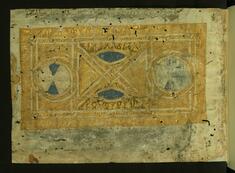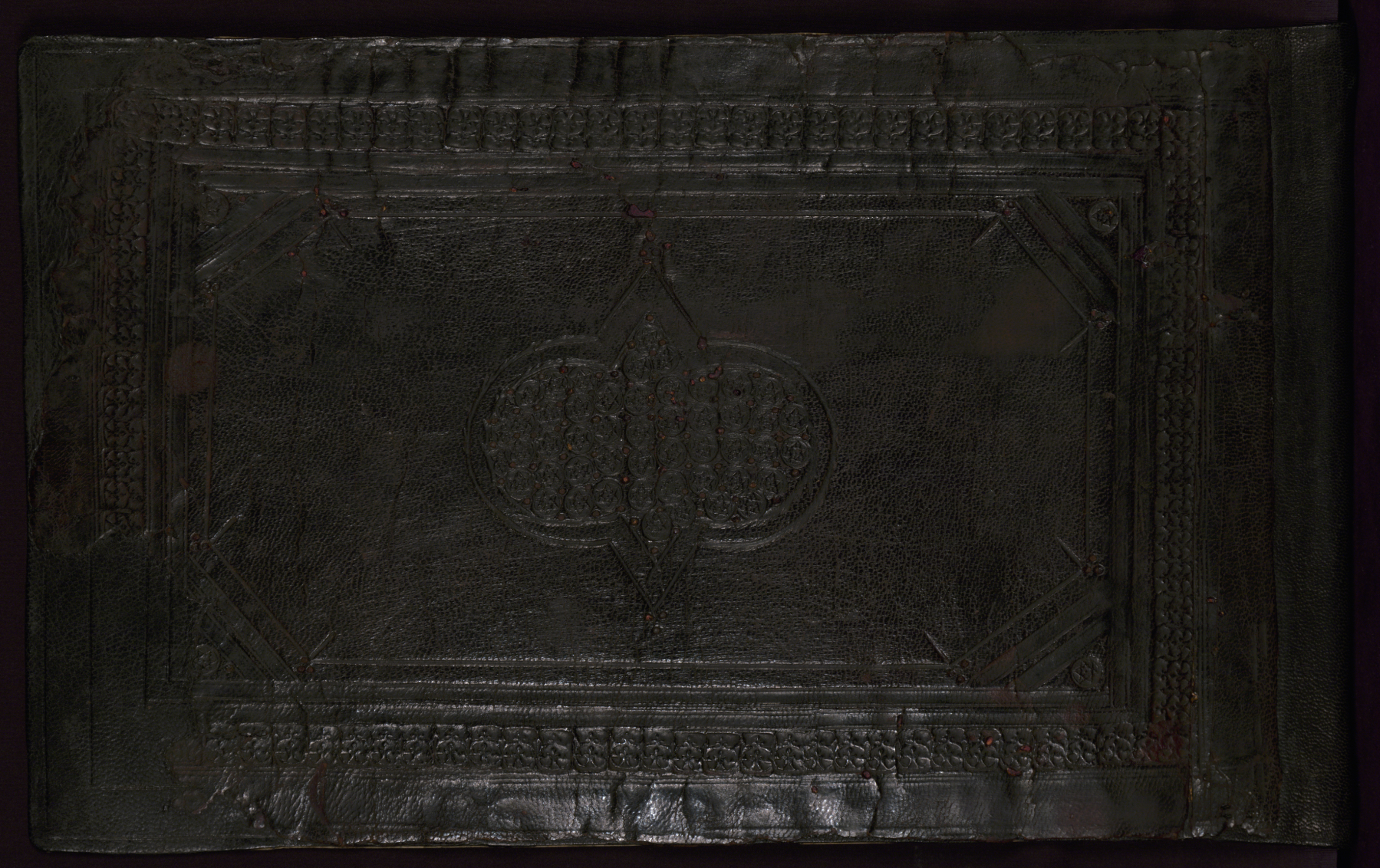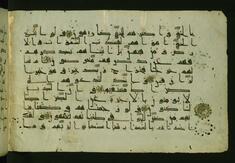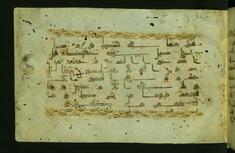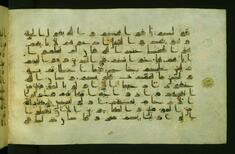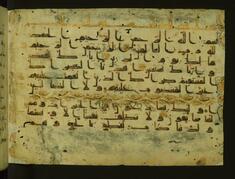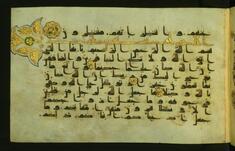Qur'an
(Manuscripts and Rare Books, Islamic World , Islamic Manuscripts)
Walters manuscript W.554 is a horizontal-format manuscript on parchment. The manuscript is a collection of illuminated fragments of the Qur'an, dating to the late 3rd century AH/AD 9th and possibly to the 5th century AH/AD 11th. The earlier text is written in an Early Abbasid (Kufic) script, and the later text is in a hand influenced by the New Abbasid (Broken Cursive) style. Both are in dark brown ink and vocalized with red dots. The codex opens with an illuminated frontispiece (fol. 1a) of geometric design and closes with a similarly decorated finispiece (fol. 77b). Illuminated forms include chapter headings in gold ink with polychrome palmettes extending into the margin, tashdids highlighted in gold ink, and verse markers for individual verses and groups of 5 and 10 verses. The blind-tooled black goatskin binding, which is attributable to Egypt, is an important example of early Islamic bookbinding.
Provenance
Provenance (from the French provenir, 'to come from/forth') is the chronology of the ownership, custody, or location of a historical object. Learn more about provenance at the Walters.
Henry Walters, Baltimore [date and mode of acquisition unknown]; Walters Art Museum, 1931, by bequest.
Exhibitions
| 2007 | Speaking the Word of God: Illuminated Korans from the Walters Art Museum. The Walters Art Museum, Baltimore. |
| 1997 | The Divine Word and Sacred Sites of Islam. The Walters Art Gallery, Baltimore. |
| 1984-1985 | Illuminated Manuscripts: Masterpieces in Miniature. The Walters Art Gallery, Baltimore. |
Geographies
Arab lands (Place of Origin)
Measurements
Folio H: 6 7/8 x W: 10 13/16 in. (17.5 x 27.5 cm)
Credit Line
Acquired by Henry Walters
Location in Museum
Not on view
Accession Number
In libraries, galleries, museums, and archives, an accession number is a unique identifier assigned to each object in the collection.
In libraries, galleries, museums, and archives, an accession number is a unique identifier assigned to each object in the collection.
W.554
Do you have additional information?
Related Objects
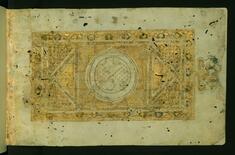
Illuminated Finispiece of Geometric Design
